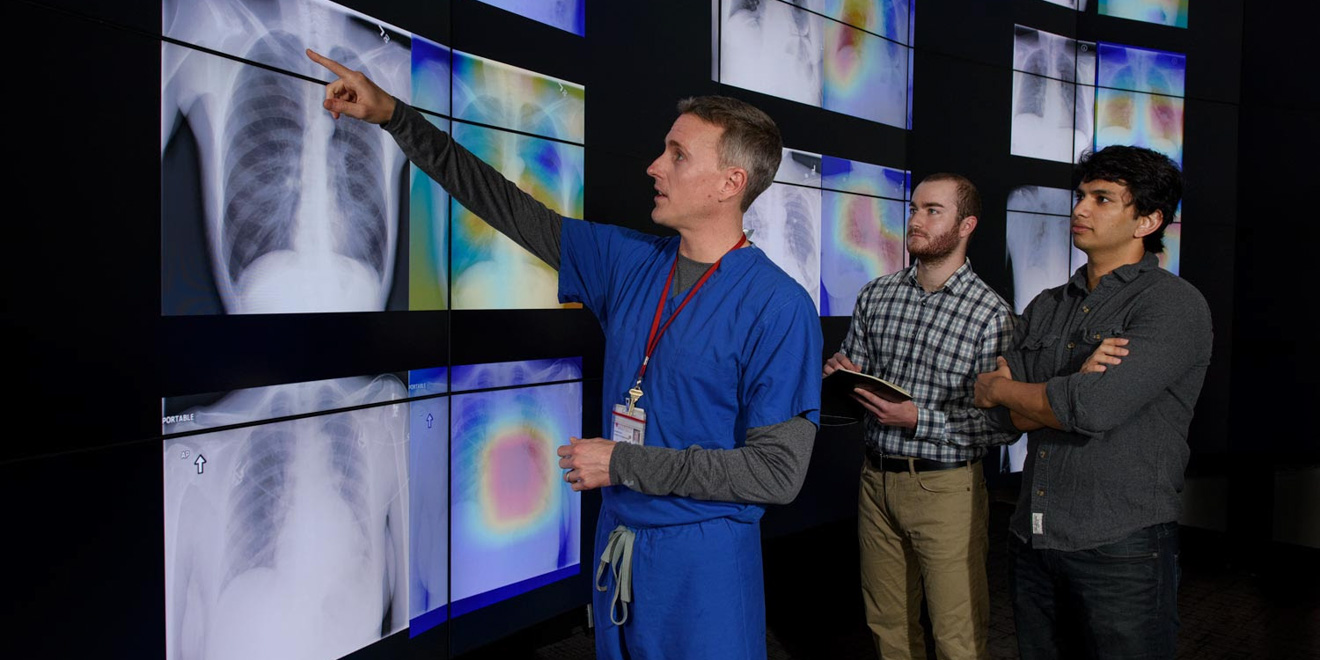Researchers at Stanford have developed a machine learning algorithm, CheXNet, to perform pneumonia diagnosis better than doctors.
According to the World Health Organization, two-thirds of the world does not have access to expert radiologists. Pranav Rajpurkar, a computer science graduate student and first author of the paper on the new finding, says the algorithm allows many people who cannot afford x-rays be diagnosed with pneumonia.
“With this technology, we can scale radiology to the needs of the world,” Rajpurkar said. “We no longer need to rely on experts.”
The paper published on arXiv.org, titled “CheXNet: Radiologist-Level Pneumonia Detection on Chest X-Rays with Deep Learning,” describes a machine learning algorithm that takes advantage of convolutional neural networks, which enable machine learning from images. Rajpurkar says his team at the Machine Learning Group, led by Computer Science Professor Andrew Ng, took chest x-ray images and then performed series of transformations to arrive at a high-level representation of the image that allowed for diagnosis.
The team analyzed chest x-rays released from the National Institutes of Health (NIH) and optimized a deep learning model, which learns a large collection of data for recognition. Then, the researchers measured their algorithm against a clinical radiologist.
The model did moderately better than the doctor, which — according to Matthew Lungren, an author of the paper and radiology professor at Stanford Medical Center — was “eye-opening and surprising, as it was the first time a model of this type was compared against a clinical task.”
Lungren remarked that the project was exciting because the tool was developed within a month yet proved to be powerful. As a clinician, he said, he looks forward to seeing machine learning algorithms be tested in a clinical setting. He hopes to see algorithms that will work for every hospital, not just for Stanford patients.
Still, Lungren emphasized the need to think about regulation of these technologies.
“Will the FDA allow an algorithm like this to be used for diagnostic purposes?” Lungren asked. “If they do, how do we make sure it is safe and not harming patients?”
Rajpurkar sees a range of benefits from the new tool.
“The algorithm is very useful for identifying emergency cases and prioritizing workflows,” Rajpurkar said. “Besides enabling radiology access around the world in places lacking experts, it can also be used for training new radiologists to assist them in making better diagnoses.”
Contact Fan Liu at fliu6 ‘at’ stanford.edu.
